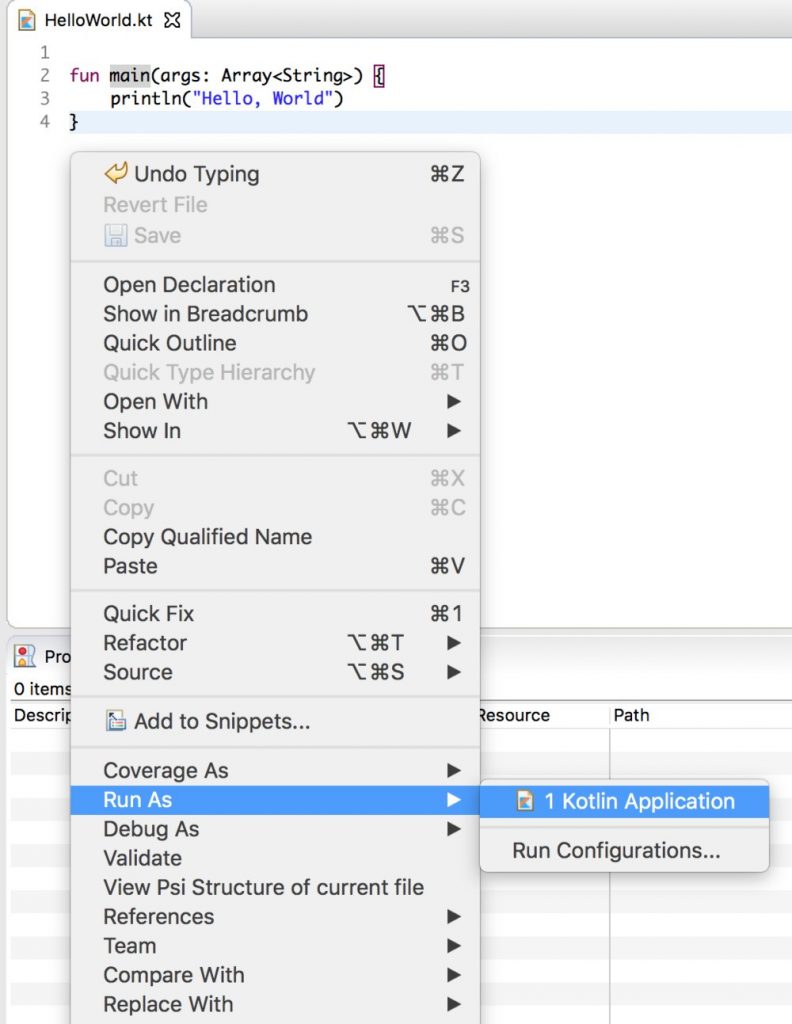

However, some apps, games, and games engines may wish to handle configuration changes caused by window resizing manually. This requires careful attention and can lead to poor behavior if you receive unexpected configuration changes - for example if screen density changes when a user plugs in an external monitor. You can also handle configuration changes yourself.This is not the only way to achieve this behavior, but it is the recommended way. Other mobile devices, tablets, and foldables will also benefit from this implementation by handling configuration changes well. Resizing can then happen quickly and fluidly. This will ensure an app’s UI is decoupled from user data and expensive data operations. See Jetpack’s guide to app architecture for a list of components that can make this robust and straightforward to implement. Other data should be handled with Lifecycle aware components. All UI state should be maintained in a ViewModel combined with the SavedState module or an onSavedInstanceState implementation.
#Windowmanager kotlin android#
Most apps should implement the first one, and it is good practice across all Android devices, even if you are not targeting ChromeOS. There are two options for handling window resizing. Mobile apps that rely on forcing a portrait or landscape layout and disallowing rotation in order to avoid these lifecycle events will not behave correctly when they are resized in a windowed environment. In addition, state can be lost during these lifecycle events which can cause inconvenience or data loss for users. In particular, some apps do intensive processing or disk/network fetches in their onCreate method which can cause performance issues or crashes on window resizing. Older apps developed for mobile phones may not be expecting to receive these types of configuration changes very frequently.
#Windowmanager kotlin for android#
Specifically, onPause() , onStop() , and onDestroy() will be called to clean up the old UI, followed by onCreate() , onStart() , and onResume() to rebuild it.Īt first glance, it may seem strange to tear down and rebuild the UI on every configuration change, however it is part of what makes it possible for Android apps to run well on so many devices and in any shape of window, while looking great with quality graphics and an optimized layout.


In the Android lifecycle , when an app is resized or its orientation changes, in addition to other runtime configuration changes , the Activity’s UI is torn down and rebuilt. This brings additional considerations for Android apps that may have been designed for phones.
#Windowmanager kotlin windows#
Users can resize app windows by clicking and dragging the window borders. These windows can be resized or maximized, and will be resized accordingly when a tablet or convertible device is rotated. ChromeOS runs Android apps in individual windows.


 0 kommentar(er)
0 kommentar(er)
